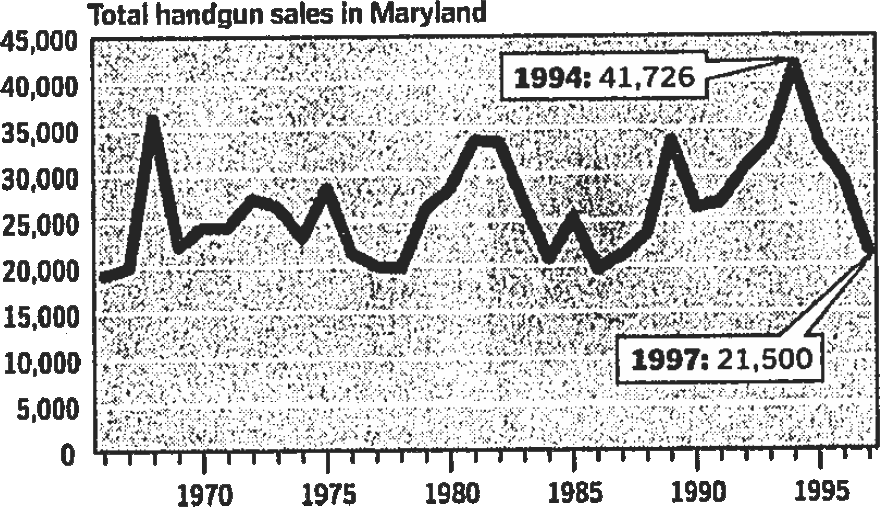Biggfoot44
Ultimate Member
- Aug 2, 2009
- 33,137
The rifle incident refered to by Gov Mandel as inspiration for the 1972 handgun law cought my intrest. The first refrence that I found was on www.baltimorepolicehistory.com , in the section relating to BPD Ofc wounded in line of duty. I am Luddite, perhaps someone can cut and paste for us. I will relate highlights :
Raymond D. Ferrell-el , 30 , of 1300 blk Upton St. Former teachers aide, had worked for 6months at PPG paintbrush factory 3200 blk of Fredrick Ave, in the handle dipping dept .
Nov 23 1971 Mr Ferell-el call in sick for his 7:30 shift. At aprox 3:00 Mr Ferell-el , a military vetran, appeared in the shipping dept wearing green camoflague fatigues, and carrying two rifles, a " .30-30 semi-automatic hunting rifle" and a M1 Carbine . He proceeded thru the factory, killing five and wounding one employee. At one point an employee struggled with him , "breaking" one of the rifles. Outside the factory he was shooting at the factory when police arrived. One Ofc was wounded before Ferrell-el was shot in stomach and collasped.
Ferrell-el was described as having had no discipline problems and no known confrontations with coworkers.
Raymond D. Ferrell-el , 30 , of 1300 blk Upton St. Former teachers aide, had worked for 6months at PPG paintbrush factory 3200 blk of Fredrick Ave, in the handle dipping dept .
Nov 23 1971 Mr Ferell-el call in sick for his 7:30 shift. At aprox 3:00 Mr Ferell-el , a military vetran, appeared in the shipping dept wearing green camoflague fatigues, and carrying two rifles, a " .30-30 semi-automatic hunting rifle" and a M1 Carbine . He proceeded thru the factory, killing five and wounding one employee. At one point an employee struggled with him , "breaking" one of the rifles. Outside the factory he was shooting at the factory when police arrived. One Ofc was wounded before Ferrell-el was shot in stomach and collasped.
Ferrell-el was described as having had no discipline problems and no known confrontations with coworkers.

 Pretty much my thoughts too
Pretty much my thoughts too





